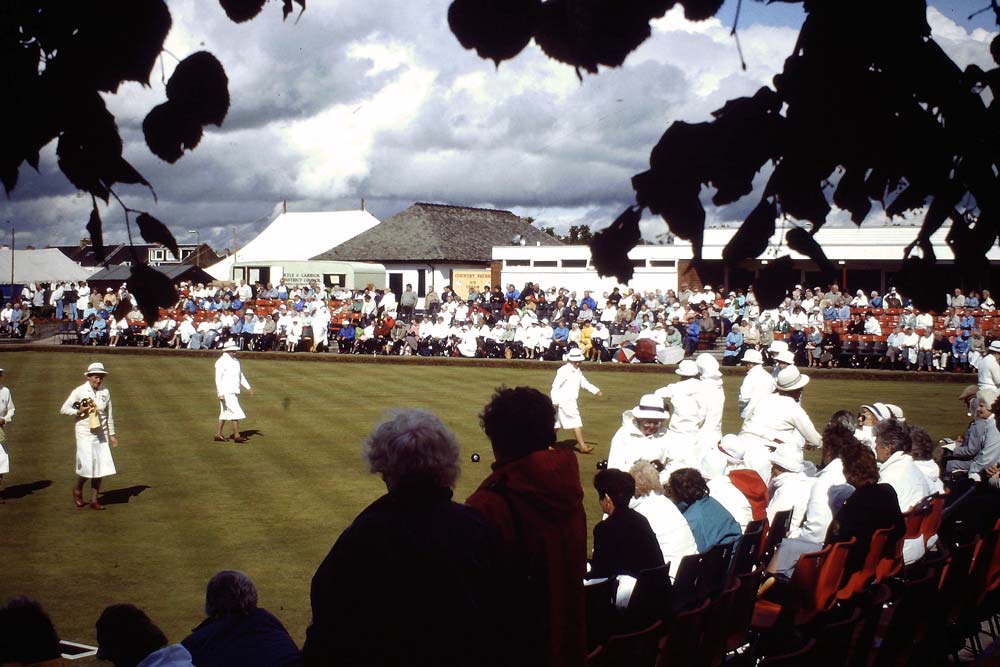
Your Bowling Green February/March To Do List
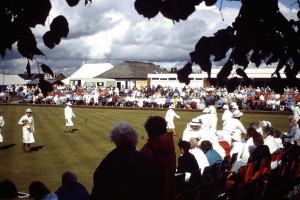
Mid February is the ideal time to start planning for the start of the bowling season as by this time the green will have weathered the worst of the Winter. Although not all of it is past unfortunately, it will be obvious where any areas on and around the green have suffered. Now is the time to decide on what remedial action is required to ensure there is a good quality uniform surface to commence play in April.
Bowling Green Aeration
It has been a fairly mild Winter overall, but very wet, so any areas suffering from poor drainage will be showing up as at best, yellowing of the grass, at worst dead grass, so it is important to carry out extra aeration work to alleviate the problem.
In an ideal situation the green will be aerated with a motorised spiking machine at least four or five times between September and March using chisel and/or, knife blades. Unfortunately on many greens finances, and often access problems, make this difficult, so it is down to the physical effort of forking. It is very surprising how quickly, and how effective, forking can be, especially with a few willing volunteers.
The fork should be inserted with the tines straight down, then the handle pulled back and forward a few inches (10 to 12 cm), then pulled out and this action repeated by moving back by roughly the same spacing between the fork tines, giving a square pattern of holes. On bowling greens this is mainly required on the heads as they receive the most wear, and consequently compaction. Reminder here to move the heads regularly during the season. After forking run the mower, or a light roller, over the surface to level any disruption.
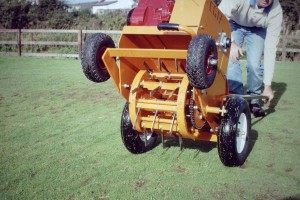
If required, for example if any area is still uneven, this should be followed by an application of top dressing sand, at this time of year about one kilo per square metre. To much can cause disease.
I would also suggest the addition of either ground charcoal or calcified seaweed, both are even better, on any areas that have been soured by standing water, which will reduce the acidity and help the grass to dry out and recover.
Bowling Green Moss and Disease Control
February is a good time to apply a dressing of sulphate of iron with a little nitrogen, which will harden and green up the grass. This will help to stop any disease problems, and will control the moss, which has been particularly bad these past few Winters because of the wet weather. The iron can be applied either as a ready prepared lawn sand, around 50 kilo per full size bowling green, or in liquid form through a knapsack, or walk behind sprayer. The Vitax Evenspray is excellent. Get here.
Either way the application rate should be around a quarter ounce per square yard (7 grms per sq mtr ). Chelated iron is also readily available for spraying but I have always found sulphate of iron much more effective during the Winter months. I will talk more about chelated iron for use in the growing season in another article.
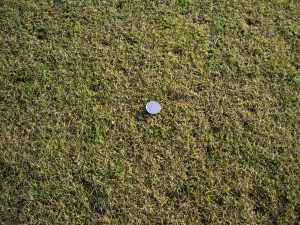
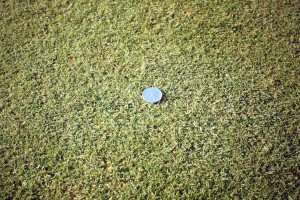
Greensmower Maintenance
The greens mower should have been in for service and sharpening at this stage, if not it needs to be done urgently now, as service agents will be getting very busy and the last thing needed is to be without a good sharp mower in the lead up to the green opening.
It is false economy not to service and sharpen the mower as blunt blades cause many problems with grass, including disease and very poor appearance and roll quality. Because the blades have to be tightened up to get it cutting at all, there is increased strain on the engine, clutch and bearings, leading to many more breakdowns, and much more expense.
Assuming the mower is sharp and working it is always good practice to keep the grass trimmed at the Winter height of around a quarter inch (6 to 8mil) during any mild spells to keep the sward even. This also helps any wind to dry the surface, producing a firm, healthy surface. Always remember to check the green for any debris that may have accumulated, and brush off any worm casts, before mowing.
Maintaining Your Banks and Ditches
The banks should be closely inspected for any damage and if necessary repaired using a good quality turf composed of slow growing grasses, see my grass types article, to keep bank maintenance costs down. If constructing a new bank it is worth remembering that it is now not legal to have a bit of an outward slope on the face, but in fact can be sloped slightly inward to deflect the bowl downwards.
Ditches can also be cleaned out now as all the leaves are off the trees, and whichever material is used in the ditch bottoms replenished. There is a new product on the market for this purpose which I will tell you more about when I get the details.
Your Checklist for February/early March
- Examine the green closely for damage caused by disease, birds, frost or compaction.
- Aerate, if not the whole green, the problem areas.
- Apply dressings where required.
- Treat the green with iron.
- Make sure the greens mower is ready for action, SHARP and set properly.
- Make sure banks are stable and will last the season.
- Clean out ditches.
- Carry out any pruning and tidying of shrubs and rose beds.
As we are not to far away from the start of Spring growth I will write another article shortly on the procedures and materials required to give your bowling green the best possible start to the season. In the meantime, do not hesitate to get in touch if you require any advice or help at [email protected] or [email protected]

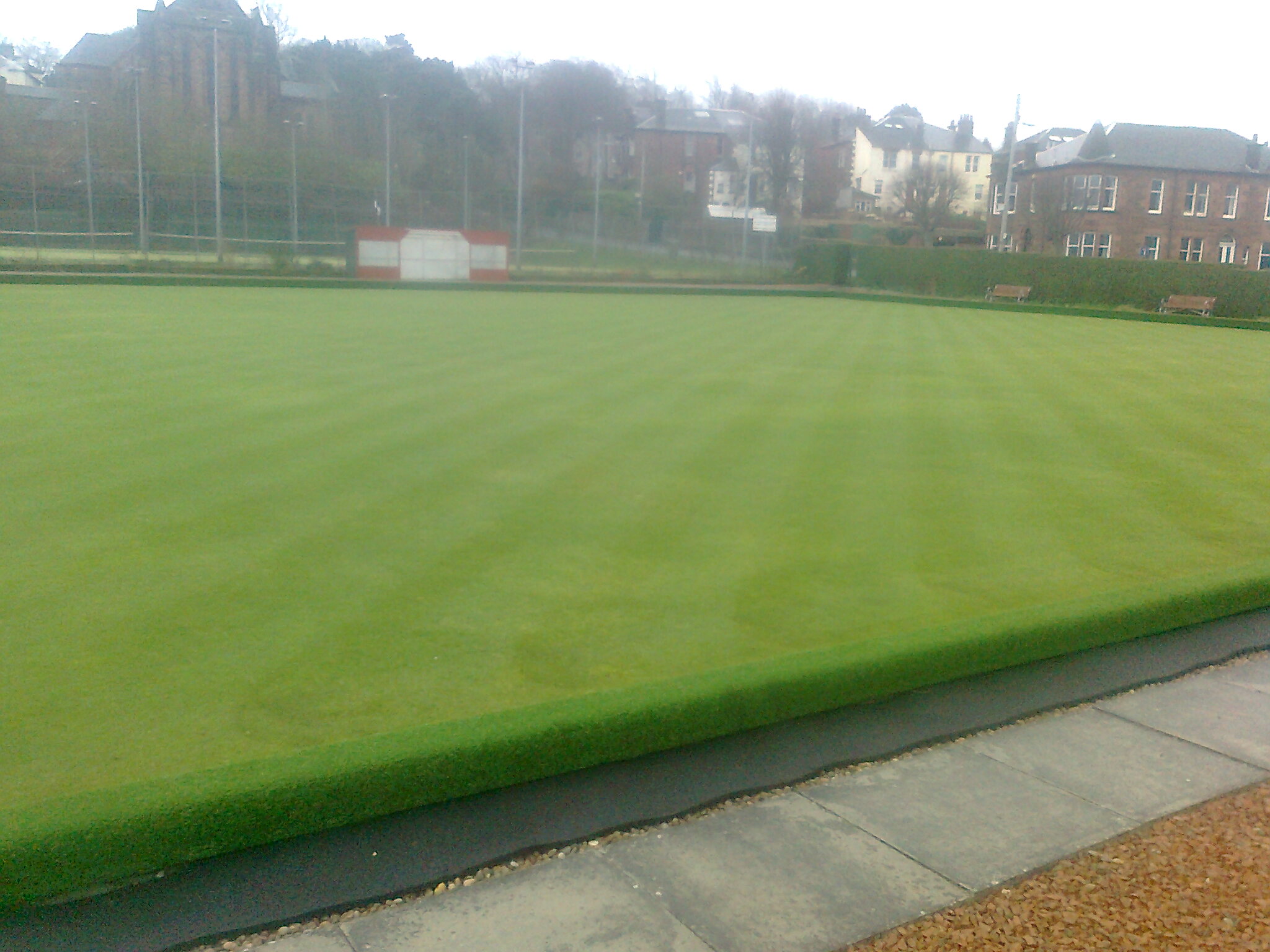
I am unable to find any information regarding the safety of iron on bowls greens, we were told that it was safe as long as we washed our hands and bowls after playing.
is it safe would appreciate an answer
Thanks
John
Hi John,
Iron is very safe to use. Sulphate of iron can cause problems by sticking to bowls and staining hands and shoes, but causes no health problems.
The way round this is to use products containing liquid iron during the playing season, as they are non staining, and are actually much more effective during the growing season anyway.
In the off season products such as Lawn sand and Autumn/Winter fertilizers containing iron should be used to harden the grass and control moss and disease.
If you wish I can give you a full run down of the works and materials required to produce the best playing surface.
Duncan.
what is the dilution rate for sulphate of iron to be used on a bowling green?
Hi Norman, thanks for getting in touch. It depends a little on which iron you are using. If it is sulphate of iron then you need around 4 grams per square meter, one eighth of an ounce per square yard. If you are using soluble iron then that can be increased a little to 5 grams per square meter, one sixth of an ounce per square yard.
I hope this helps you.
Duncan.
Hi Duncan we at Woodsend Bowls Club are looking to devise a rink rotation system for our green. We have three colours and have only used the whites and now we have an uneven green. Is there a form we can adopt to follow as our green keepers are now insisting we use all the colours in both directions.
Seamus Hennessy
Hi Seamus, thanks for getting in touch. This is the most common problem on bowling greens. There can be no other outcome than severe wear and compaction, leading to uneven surfaces, than using the one setting all the time. Why would you have three settings if they are not used. Some greens even have room for four or more. The setting should be at least a meter apart, and moved after every days play on each setting, unless of course there are days with little or no play. Ideally the settings should be on a daily rota posted on the notice board, or beside the green. Members should know that only the designated person, or persons are allowed to move the markers. The ideal is to have your greenkeeper doing this before play every day.
To repair the wear you have will require intensive aeration, over seeding, and top dressing to restore the levels.
See my maintenance guides for more information.
Duncan.
What is the best place to obtain fine ground charcoal from
Ebay or Amazon supply that.